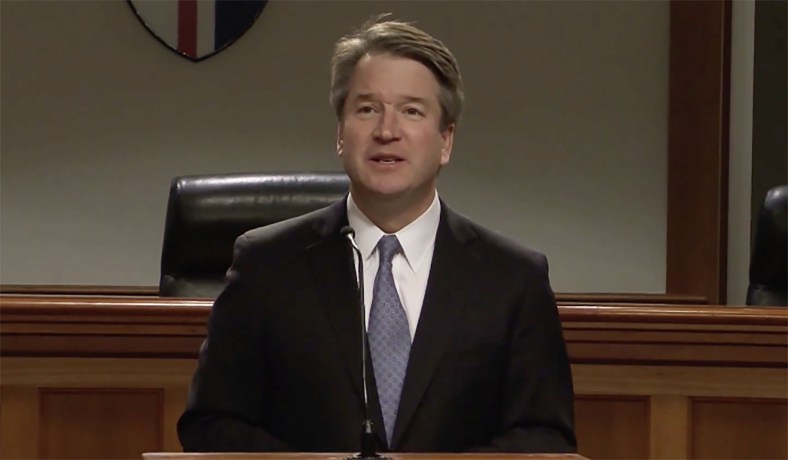Hon. Neil Gorsuch
United States Court of Appeals for the Tenth Circuit (2006-Present)
This post reviews an opinion Judge Gorsuch joined that raised constitutional questions about the vagueness of an as-applied challenge to a disorderly conduct ordinance.
- Galbreath v. City of Oklahoma City, (10th Cir. 2014)
A high-heeled man with a cane performing ballet routines and speaking loudly on the phone unnerved a grandmother with her grandchildren in an Oklahoma City park. The distressed woman called 911 and a peace officer quickly arrived.
Former ballet dancer Allen Galbreath told the officer his dancing was physical therapy for a bad hip. The officer arrested Galbreath for disorderly conduct, convinced his conduct created public alarm.
Galbreath claimed the City violated his civil rights and sued. The Tenth Circuit panel had to decide whether the city ordinance applied to Galbreath’s conduct was unconstitutionally vague. Judge Gorsuch and the other panelists decided it was for three reasons:
- First, nothing in the plain language of the ordinance suggests that singing and performing choreographed ballet moves in the park with a 3-foot cane while wearing high heels would cause “public alarm.”
- Second, the ordinance’s plain language failed to give Mr. Galbreath notice that any public alarm caused by these morning exercises would be “without justification.”
- Third, the ordinance lacks a scienter requirement, which could have mitigated the indefiniteness of the other terms when applied to Mr. Galbreath’s conduct.
The panel remanded the case to the district court.














